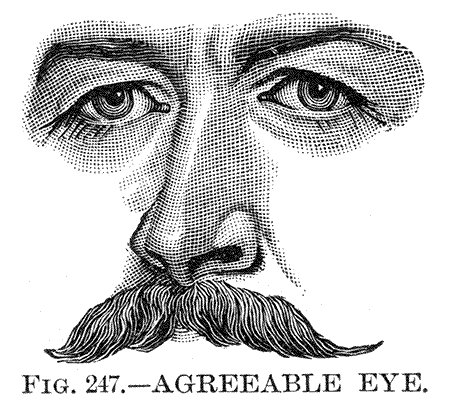the common reader
My brain hasn’t figured out the digital reader yet. 2 It doesn’t know how to process the small swiping screen of text with the same efficiency as even the most crabbed, cramped printed page. Of course that efficiency is the product of decades of practice, which obviously haven’t been possible with the digital reader as yet. Perhaps I’m taking in the same percentage of words on any given page, but as the ‘pages’ are so much smaller, I end up actually reading a greater proportion of the text as a whole.
Because of the effort required to read less attentively, I’ve paradoxically been reading more closely than I normally would out of sheer laziness. Some books can bear the weight of this extra attention. I first noticed it when reading Jane Austen – she was prepared for me to read every word; Charlotte Brontë wasn’t, really, to my surprise and disappointment. This might be the result of a changed perspective – a natural result of the passage of time – but I prefer to blame the books: the Villette and Jane Eyre that I read this past summer were completely different books from the ones I read when I was seventeen – and I don’t think they were much improved by the intervening years. They aren’t the same books they were; but of course they are.
- By digital readers, I mean a portable digital reading device which one can hold easily in one’s hands as easily as (if not more so) the standard trade paperback.[↩]
- For those with an interest in such things, I’m using the free Amazon kindle app on an iPod touch. I occasionally use iBooks or Goodreader for pdf files, but the fake ‘turning page’ of Stanza was cloying and I couldn’t use it.[↩]
